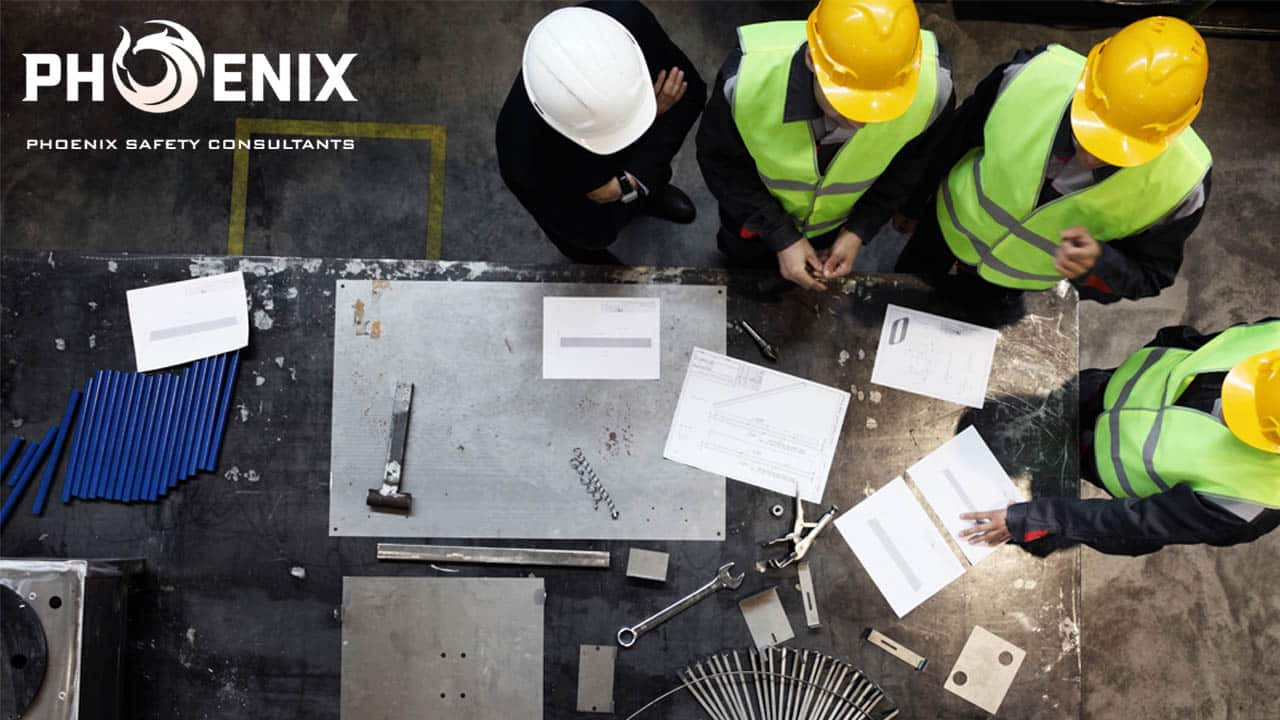As businesses become more aware of the importance of workplace
safety, safety audits have become an integral part of their operations. A
safety audit is a systematic examination of a workplace to identify potential
hazards and assess the effectiveness of existing safety measures. Conducting a
safety audit can help businesses identify areas where improvements are needed
and prevent accidents before they occur. Here are some tips for conducting an
effective safety audit.
Plan Ahead Before conducting a safety audit, it's essential
to plan ahead. Determine the scope of the audit, the areas to be audited, and
the team responsible for conducting the audit. You should also identify the
necessary resources and equipment needed for the audit. Having a well-organized
plan in place can help ensure that the audit is conducted efficiently and
effectively.
Review the Relevant Standards It's essential to review the
relevant safety standards and regulations before conducting a safety audit.
Familiarize yourself with the applicable laws, regulations, and guidelines to
ensure that your audit is thorough and accurate. This will also help you
identify any gaps in your current safety procedures.
Inspect the Workplace The next step is to conduct a physical
inspection of the workplace. Look for potential hazards such as loose wiring,
damaged equipment, or spills. Observe the work practices and assess how well
employees follow safety procedures. It's essential to involve employees in the
audit process and encourage them to identify any potential hazards that may
have been missed.
Evaluate Safety Procedures Evaluate the existing safety
procedures and determine if they are effective. Look for gaps in the procedures
and identify areas where improvements can be made. Determine if the safety
procedures are being followed and enforced. It's also important to involve
employees in the development of new safety procedures to ensure that they are
practical and effective.
Review Incident Reports Review incident reports identifying
patterns or trends in accidents and injuries. Use this information to identify
areas where improvements are needed and to develop strategies to prevent future
accidents. This will also help you identify any deficiencies in your current
safety procedures.
Develop an Action Plan Based on the results of the audit,
develop an action plan to address any identified deficiencies. Prioritize the
actions based on the severity of the hazard and the potential consequences.
Assign responsibility for implementing the actions and set a timeline for
completion. It's important to communicate the action plan to all employees and
involve them in the implementation process.
Follow-Up is critical to ensure that the action plan is being
implemented and that the necessary improvements are being made. Regularly
review the progress of the action plan and adjust as necessary. It's important
to involve employees in the follow-up process and to communicate any changes in
the safety procedures.
In conclusion, conducting an effective safety audit requires
planning, knowledge, and attention to detail. It's important to evaluate the
workplace, review safety procedures, and develop an action plan to address any
identified deficiencies. By following these steps, businesses can create a
safer workplace and prevent accidents before they occur. Safety audits should
be conducted regularly to ensure that the workplace remains safe and compliant
with all relevant safety regulations and standards.
Safety audits are a critical part of any workplace safety
program, and they are essential for businesses of all sizes and industries.
Conducting a safety audit can help businesses identify potential hazards,
assess the effectiveness of existing safety measures, and develop strategies to
prevent accidents before they occur. Safety audits can also help businesses
comply with regulatory requirements and improve employee morale and
productivity.
One of the key benefits of conducting a safety audit is that
it can help businesses identify potential hazards that may have gone unnoticed.
By conducting a physical inspection of the workplace, businesses can identify
hazards such as loose wiring, damaged equipment, or spills that may pose a risk
to employee safety. By identifying these hazards, businesses can take action to
mitigate the risks and prevent accidents before they occur.
Another important aspect of safety audits is the evaluation
of existing safety procedures. Businesses must ensure that their safety
procedures are effective and that they are being followed by employees. By
evaluating existing safety procedures, businesses can identify gaps in their
procedures and develop strategies to address these gaps. This can help prevent accidents
and injuries and create a safer workplace environment.
Safety audits also provide an opportunity for businesses to
involve employees in the safety process. By involving employees in the audit
process, businesses can encourage them to identify potential hazards and
provide feedback on existing safety procedures. This can help create a culture
of safety where employees are empowered to take an active role in workplace
safety.
Safety audits can help businesses comply with regulatory
requirements and improve employee morale and productivity. By ensuring that
they are complying with all relevant safety regulations and standards,
businesses can avoid fines and penalties and improve their reputation with
stakeholders. Additionally, by creating a safer workplace environment,
businesses can improve employee morale and productivity, leading to increased
job satisfaction and improved bottom-line performance.
In conclusion, safety audits are an essential part of any
workplace safety program. They help businesses identify potential hazards,
assess the effectiveness of existing safety measures, and develop strategies to
prevent accidents before they occur. Safety audits can also help businesses
comply with regulatory requirements and improve employee morale and
productivity. By conducting regular safety audits, businesses can create a
culture of safety and ensure that their employees are working in a safe and
healthy environment.











0 comments
No Comments